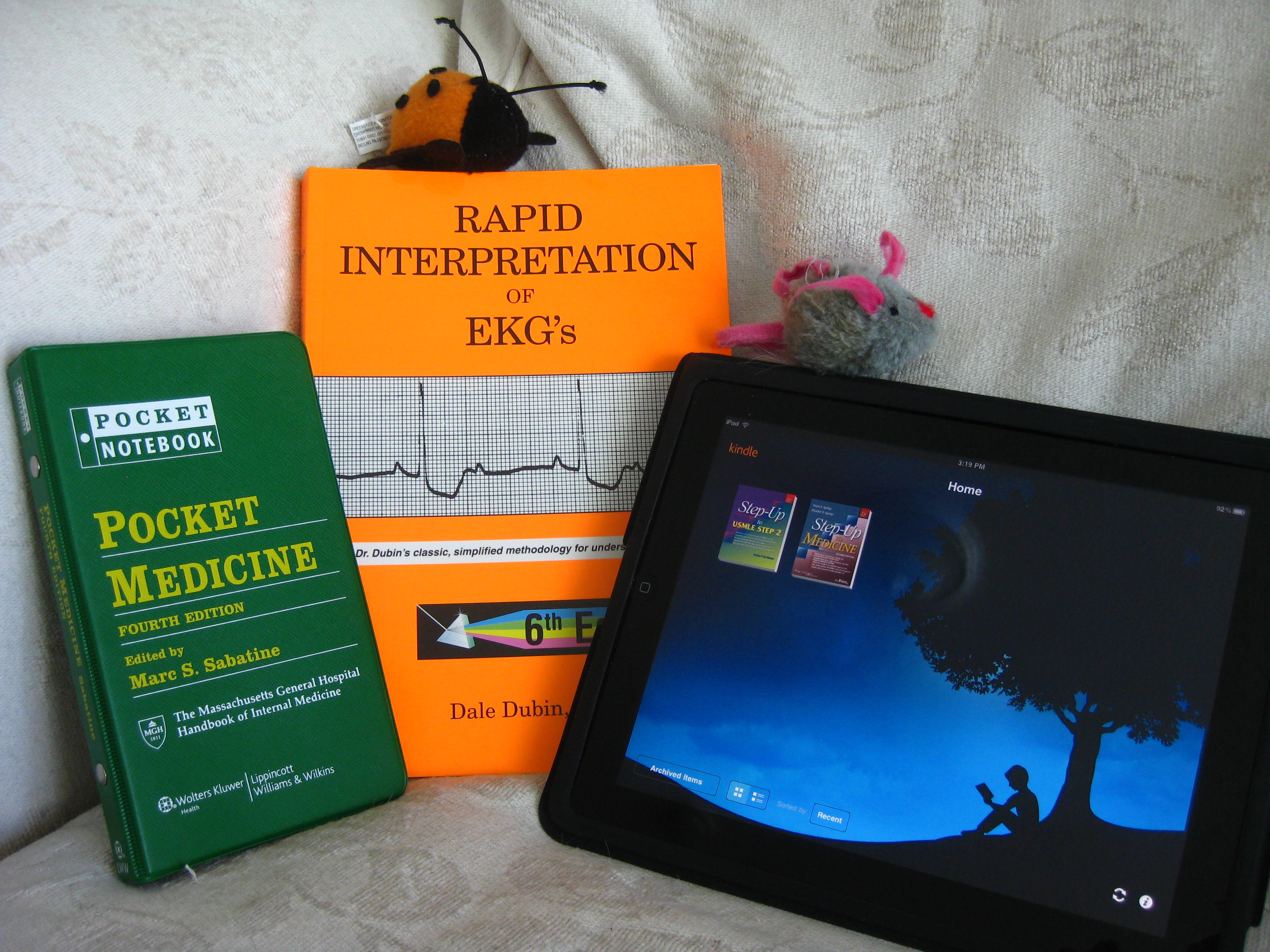The Numbers Game
 Recently on a Friday evening in the ER with the resident I was following, I met an older gentleman in his early 70s who had come in complaining that he felt that his abdomen was pulsating with his heart. He had mild pain around his abdomen but was otherwise feeling fine elsewhere. After laying him down on the patient bed and lifting his shirt up, I saw that sure enough, the middle of stomach was jumping up and down with the beat of his heart. I did not even need to palpate to detect it. I immediately knew what was going on and told him, “yes, it’s a good thing that you came to the ER.”
Recently on a Friday evening in the ER with the resident I was following, I met an older gentleman in his early 70s who had come in complaining that he felt that his abdomen was pulsating with his heart. He had mild pain around his abdomen but was otherwise feeling fine elsewhere. After laying him down on the patient bed and lifting his shirt up, I saw that sure enough, the middle of stomach was jumping up and down with the beat of his heart. I did not even need to palpate to detect it. I immediately knew what was going on and told him, “yes, it’s a good thing that you came to the ER.”
A CT scan showed what was suspected, his abdominal aorta had dilated to an abnormally large diameter of 8.5 cm. Normally, your abdominal aorta should be around 2 cm. Based on the standard recommendations, he had an abdominal aortic aneurysm (AAA) that is 5.5 cm in diameter or above, and therefore he was admitted into the hospital and scheduled for elective surgery within the next few days.
So why is 5.5 cm the cut-off number? If it’s below, even just 0.1 cm below, like 5.4 cm, would he be told that he probably wouldn’t need surgery yet but instead just monitoring? How are all these cut-offs decided? It’s all a numbers game.
The Historical Cut-Off
A lot of medical decisions are based on standard recommendations and numerical cut-offs, and there’s nothing magical about 5.5 cm. Historically, it’s the diameter in which risk of AAA rupture (and subsequent immediate death) is equal to the risk of death due to the open AAA repair surgery. But now that less invasive surgical methods such as EVAR carries an even lower risk of death (although this is still debatable) and surgeons are becoming more and more skilled, some argue that the risk of death from AAA repair surgery has gone down even more than before. Now, there’s debate on if we should lower the cut-off diameter to which surgery is indicated. After all, having a 5.4 cm diabeter aorta is still very dangerous, even though it is below the 5.5 cm cut-off.
Why Age 35?
For women, being 35 years old and above is considered having advanced maternal age. Women who get pregnant above this cut-off point is considered to be at high risk of having a child with Downs Syndrome, and an amniocentesis is recommended for these women to screen for Downs Syndrome. During the screening, a needle is inserted into the mother’s uterus and fetal DNA from the amniotic fluid is collected and analyzed for the trisomy 21 found in Downs Syndrome. But why age 35? why not 34 or 36? It’s because 35 is the age at which the natural risk of miscarriage is equal to the risk of losing the fetus due to amniocentesis (0.2-0.5% risk), meaning at age 34, the risk of losing a baby during amniocentesis is higher than losing a baby to miscarriage, and at age 35, the risk of losing a baby during a miscarriage is higher than losing a baby to amniocentesis.
However, nowadays, other methods of detecting Downs Syndrome in a fetus have been developed that are nearly just as accurate as amniocentesis and carries less risk of accidental miscarriage. NIPT (Non-Invasive Prenatal Testing), which involves a mere blood sample from the mother, carries virtually 0% risk of fetal loss and is 99.1% accurate for detecting Downs Syndrome.
Whether or not we use NIPT or amniocentesis (which is still considered gold-standard today), the risk of Downs Syndrome still increases as the mother gets older. However, because we have new methods like NIPT of detecting Downs Syndrome prenatally that has much less risk on the fetus, perhaps mothers can choose to have the screening test done long before age 35.
Conclusion
Although medical recommendations are based on playing with numbers based on ongoing statistical research, and balancing the risk of action and non-action, ultimately the decision to proceed comes from the patient’s choice as well as the doctor’s recommendations. It’s important to continue to consider risks in light of new practices and revise our numerical cut-offs and recommendations based on ever accumulating studies.











thanks for having the time to share this. I’m a second year med student and I’ve never thought of the reason behind the numbers…seems I’m just focused on getting the facts (that will have to change). you’re doing a good job here. love it
I just happened across this site tonight and in my opinion the site is outstanding- thank you for this journal- VERY informative. I am a paramedic-one that makes a point to learn the before, middle, and definitive treatment of as many “things” that I can get my brain to absorb. My only question here is why this patient’s repair would be an “elective” surgery? (of course keeping in mind that all medical treatment is ultimately elective for a patient) That word just makes me think of an “elective” Rhinoplasty vs. a literally life preserving AAA repair. Just a question though- no offense intended- what-so-ever. THANKS SO MUCH!!!
-sarah
Hi Sarah,
The surgery was considered “elective” because he did not have to have it immediately done there and then. If it were an AAA RUPTURE, then he would have immediately gotten an emergency procedure. Instead, we scheduled him for the surgery within the next week or so.
Benji